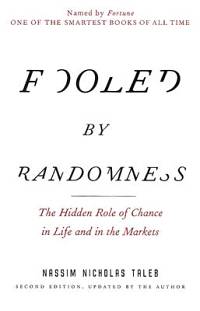 Some online videos and stories are seen by tens or hundreds of millions, yet others never see the light of day. Advertisers and reality star wannabes search daily for the secret sauce that determines the huge success of one internet meme over many others. However, much to the frustration of the many agents to the “next big thing”, several fascinating new studies point at nothing more than simple randomness.
Some online videos and stories are seen by tens or hundreds of millions, yet others never see the light of day. Advertisers and reality star wannabes search daily for the secret sauce that determines the huge success of one internet meme over many others. However, much to the frustration of the many agents to the “next big thing”, several fascinating new studies point at nothing more than simple randomness.
[div class=attrib]From the New Scientist:[end-div]
WHAT causes some photos, videos, and Twitter posts to spread across the internet like wildfire while others fall by the wayside? The answer may have little to do with the quality of the information. What goes viral may be completely arbitrary, according to a controversial new study of online social networks.
By analysing 120 million retweets – repostings of users’ messages on Twitter – by 12.5 million users of the social network, researchers at Indiana University, Bloomington, learned the mechanisms by which memes compete for user interest, and how information spreads.
Using this insight, the team built a computer simulation designed to mimic Twitter. In the simulation, each tweet or message was assigned the same value and retweets were performed at random. Despite this, some tweets became incredibly popular and were persistently reposted, while others were quickly forgotten.
The reason for this, says team member Filippo Menczer, is that the simulated users had a limited attention span and could only view a portion of the total number of tweets – as is the case in the real world. Tweets selected for retweeting would be more likely to be seen by a user and re-posted. After a few iterations, a tweet becomes significantly more prevalent than those not retweeted. Many users see the message and retweet it further.
“When a meme starts to get popular it displaces other memes; you start to pay attention to the popular meme and don’t pay attention to other things because you have only so much attention,” Menczer says. “It’s similar to when a big news story breaks, you don’t hear about other things that happened on that day.”
Katherine Milkman of the University of Pennsylvania in Philadelphia disagrees. “[Menczer’s study] says that all of the things that catch on could be truly random but it doesn’t say they have to be,” says Milkman, who co-authored a paper last year examining how emotions affect meme sharing.
Milkman’s study analysed 7000 articles that appeared in the New York Times over a three-month period. It found that articles that aroused readers’ emotions were more likely to end up on the website’s “most emailed” list. “Anything that gets you fired up, whether positive or negative, will lead you to share it more,” Milkman says.
[div class=attrib]Read the entire article after the jump.[end-div]
[div class=attrib]Image: Fooled by Randomness: The Hidden Role of Chance in Life and in the Markets is a book by Nassim Nicholas Taleb. Courtesy of Wikipedia.[end-div]
